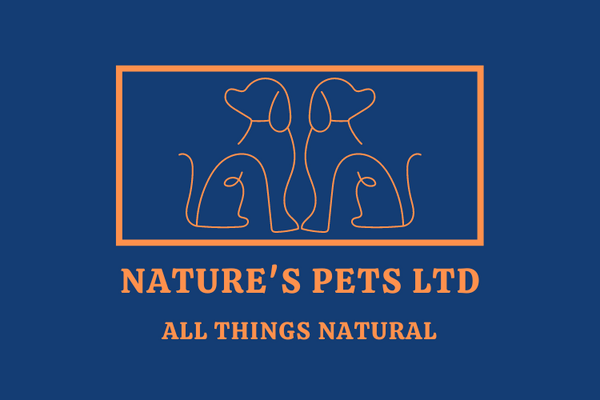Joint health
Share
Joints
Joint health is a very popular topic among dog owners, with the prevalence of joint issues becoming more and more common.
In a study completed in 2022 it was determined that 40-60% of young dogs (aged between 8 months to 4 years)had signs of osteoarthritis showing on radiographs with about half showing clinical signs. Conditions such as hip/elbow dysplasia, and patella luxation are becoming more and more common too.
Thinking about our pets being in pain is never a nice thought, however we can do a number of things to help minimise any damage or deterioration of the joints.
Notice pain early
Dogs are incredibly stoic animals especially working breeds, so they don’t like to tell us when they are in pain. However there are a few things that can indicate they may be feeling a bit sore. These can include:
· Fur pattern changes
· Behaviour changes
· Difficulty/reluctance to jump
· Noise sensitivity
· Panting (when not hot)
· Lameness
If you are at all unsure, speak to your vet, but take videos with you as vets often only have a short space of time to see you and your dog , which can make it difficult for them to get a full picture.
Diet
Understanding your dogs diet can have a huge impact in your pets joint health. Whether you feed raw, wet food or kibble there are a number of things you can look for to minimise the impact.
Ensuring your pet is fed a good quality balanced diet from an early age is crucial to ensuring they grow at a steady pace.
Avoiding inflammatory foods such as:
· Foods rich in Omega 6
· Foods high in fat
· High levels of carbohydrates
· Nightshades ( aubergine, potatoes, peppers)*
· Salmon oil (unless it is very high quality)
*this only applies to some dogs, a lot of dogs can eat these in small amounts without issue.
Foods which can help reduce inflammation and support joints:
· Berries
· Pomegranate
· Dark leafy greens
· Rosemary (dried or fresh)
· Small oily fish (sardines, sprats, herring, mackerel)
· Ginger
· Foods rich in connective tissue (feet, snouts, ears, tendon, trachea)
· Turmeric
The list goes on!
Exercise
Ensuring your dog is a good, healthy weight is crucial. The more weight our pets carry, the more strain it puts on their joints.
Your dog should have a clearly visible waist from above, with a good abdominal tuck when viewed from the side. You should be able to easily feel but not see their ribs.
Not all exercise is equal though. When dogs are young, avoid allowing them to jump on/off sofas, into cars and run up and down the stairs as this puts excess strain on their growing joints.
As owners of spaniels and labradors we understand how much they LOVE balls, however continuously chasing a ball is actually very harmful for them in a number of ways. The sudden, sharp movements add extra strain to joints, and they cause dogs to continue chasing the ball long after they would usually tire (do spaniels ever tire!)
If your dog is suffering from joint issues already consider keeping to low impact activities, for example teaching your dog to wait until the ball has landed before chasing it.
Supplements
Not all supplements are equal! And not every supplement is right for your dog.
Natural supplements can be an incredible addition to a dogs diet when there is an issue, however selecting the right one can be difficult. The supplement industry is completely unregulated meaning just because something is expensive, it doesn’t mean it is good.
Some supplements we recommend:
· Aniforte Green lipped mussel
Choosing the right supplement also depends on what you are feeding as part of their regular diet. As always we are here to help advise you, feel free to get in touch for advice on which supplement is best suited to your dog.
